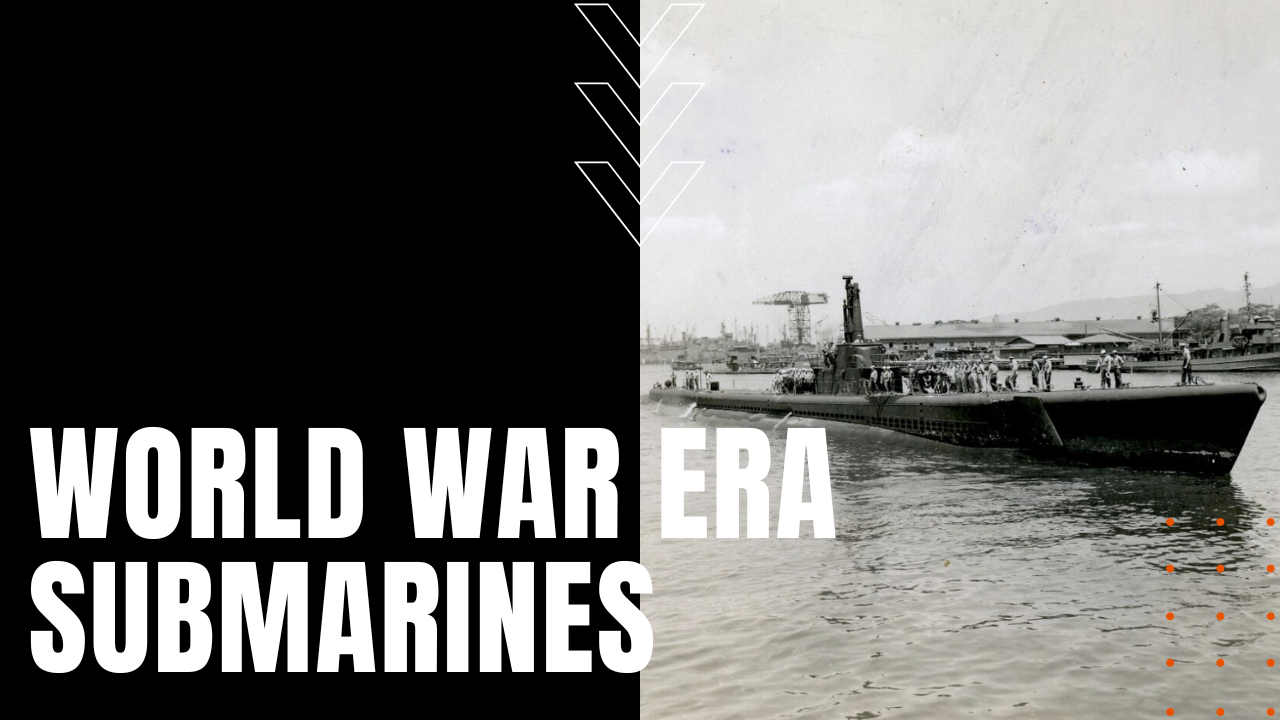High Score U S Submarines of WW2

During the Second World War, the U.S. Navy employed 263 submarines on war patrols, claiming 1,392 enemy ships totaling 5,583,400 tons, effectively depriving Axis forces of critical supplies. Of the top three most lethal subs of the U.S. Navy, the Balao-class Tang led the list of the Navy’s most lethal and effective sub crews, sinking 33 enemy ships for a total of 116,454 tons.
Tragic Loss
Launched in 1943, the Tang’s short but deadly career ended on October 24th, 1944, when she was sunk in 180 feet of water in the Taiwan Strait by an enemy torpedo, taking the lives of 78 men. The Gato-class Flasher was launched from Groton Connecticut in June of 1943, surviving six patrols during the remainder of the war, while sinking 21 ships for a total of 100,231 Japanese tons. Receiving the Presidential Unit Citation and six battle stars, the Flasher displaced 1,525 tons on the surface, while her submerged displacement was 2,424 tons. With an overall length of 311 feet nine inches and a beam of 27 feet 3 inches, the Thrasher’s four massive General Electric V16 diesel engines could propel her to a top speed on the surface of 21 knots, and a submerged speed of 9 knots.
A Matching Elite Winner
Crewed by six officers and 54 enlisted sailors, the Thrasher was decommissioned in March of 1946, before being sold for scrape in 1963. Third on the list of most deadly American subs was the Gato-class Rasher, claiming 18 ships with a near matching tonnage as the Flasher at 99,901 tons. Launched in Manitowoc Wisconsin in December of 1942, the Rasher served eight patrols in the Pacific Theater, earning a Presidential Unit Citation and seven battle stars. Matching the Flasher’s specifications, the Rasher had a range of 11,000 miles and remained in service after the end of war, serving as a radar picket from 1953 to 1960, while her service in the Vietnam War earned her the Vietnam Service medal and two service stars, making the top scoring U.S. submarines of WW2, some of the gutsiest combat crews in U.S. naval history.
